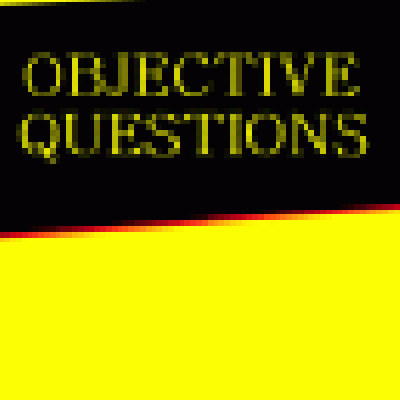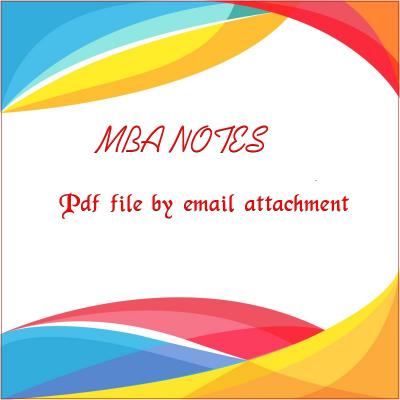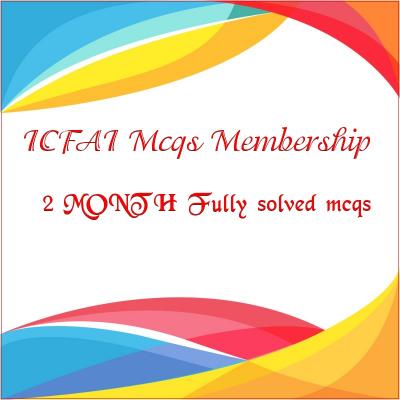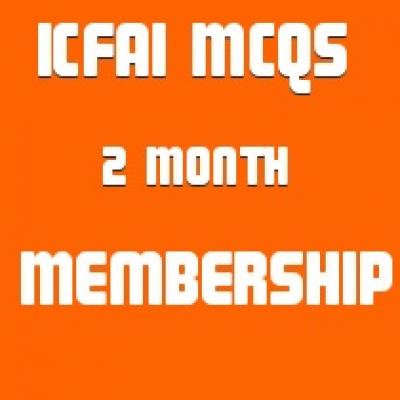Production and Operation Management
Price:
Rs2500
Project Report New
Product Details: Project report Cost On Tools in Six Sigma - an overview
Pub. Date: NEW EDITION ready made
Publisher: MEHTA SOLUTIONS
Edition Description: NEW
Ready to submit project : yes
Number of pages : 65-70 project report plus synopsis
Data : current
RATING OF Project : EXCELLENT
ABOUT THE Project Report
FROM THE PUBLISHER
If you find yourself getting fed up and frustrated with other project report now Mehta Solutions brings top solutions for projects
- Quality project report
- Research methodology
- Graphs , questionnaire
- Conclusion
- Everything in project
FAQ
- I want changes in project
Ans Readymade project if changes required additional charges rs1500 applied
- I want project report according to my university guidelines
Ans yes just attach guidelines
- Total cost of project rs2500 mentioned
Ans yes readymade rs2500 and if any changes rs1500 extra
- Synopsis included
Sol yes
- How much time required if any changes required
Ans 4-7 days if changes required
- Please not every faculty department we have
- Please do not bargain for price its fixed cost company
- Just order and pay
- What is your official timing for faculty department
Ans 10 a.m to 8 p.m
1. FILE by email
2. Attachment in few hours or as depends upon work
3. pdf or word file
4. Rating of product : largest selling








